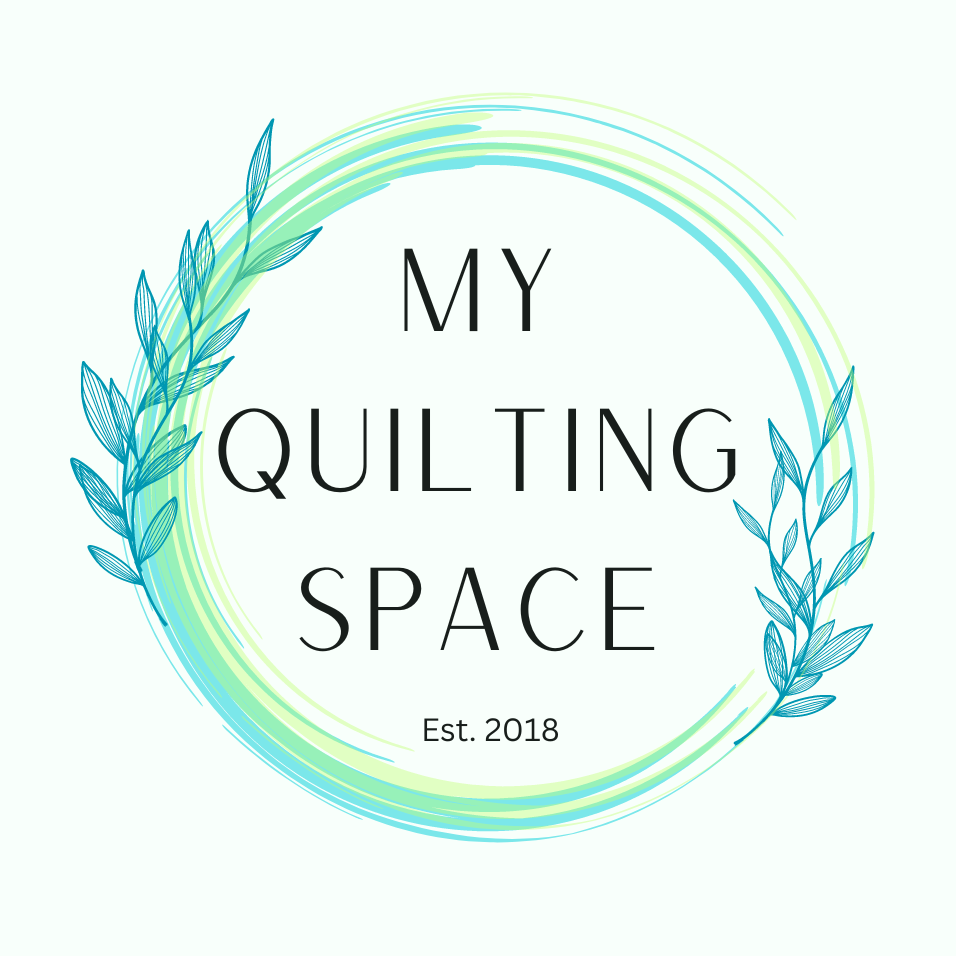
A day dedicated to cutting, sewing, quilting, eating cookies, drinking wine, laughing, creating…basically doing all the things on a Saturday that makes us quilters happy.
It’s was a balmy 25° this past Saturday so, even if it weren’t National Quilting Day, I would have spent the day with my friends Janome and Cricut anyway!

It was not until I was in the “thick of things” that it occurred to me the benefits I received from focusing, almost exclusively, on quilting this past Saturday.
Sometimes we get so wrapped up in projects and deadlines that we don’t allow ourselves time to think about how technology has advanced our craft.
Forty years ago when I was just beginning my career in healthcare and was only sporadically quilting – usually small projects that could be started and finished in a weekend. Back then I could not have imagined using a computer, a computerized sewing machine, cutting machine, a smart phone or automatic iron to make a quilt.
The biggest hurdle for me in the past was just how time consuming and difficult it was to make even a simple quilt block.
Resources and education in the 70’s and 80’s was limited to what a family member or friend could teach you – in theirs and your limited time frame. No YouTube videos, no quilt groups, very few quilt patterns and limited access to designer quilt fabric.
Today, I have no idea how I would survive without them!
National Quilting Day is not only day to have fun but to reflect and appreciate the advances made over the years that have not only made quilting easier but a viable means of creative expression.
Work Smarter Not Harder – Part 1
This is the mindset that prompted me to finally purchase the Cricut Maker.
As I’ve mentioned in previous posts, quilting is time-consuming and requires a fairly high degree of accuracy and any tip or technique that comes my way to save time and improve accuracy easily piques my curiosity.
A tip or technique that promises to save time and improves accuracy immediately grabs my attention.
And when that “tip or technique” has an unbelievable sale, then that “tip or technique” is promptly placed in my shopping cart.
I’m still learning all the in’s and out’s of this amazing machine but what I discovered on day 1 is this – it allows me to automate my quilting process.
Automation is the key to working smarter.
While the Cricut is cutting fabric, I am free to sew, iron, plan the next steps of my project on the computer or photograph finished projects.
While cutting out these little Woodland Critters…



…I was able to piece the four patches, sew together the binding and design the backing.
Shown above are three of the six “critters” used in the making of this quilt top:

As you can see each critter is made sing several pieces to be traced, cut, fused, cut again, fused again then sewn in layers.
The process requires many small fabric pieces, space to design and plan and many tools. You can read more about this here.
It was the applique process, not the quilting process, that became the most time-consuming element of this quilt.
My Cricut maker made this process easier and less stressful. And now that I have all of these applique pieces stored in my Design Space, my next quilt will be even quicker and easier.
Having the opportunity to do more than one thing at once has renewed my motivation to create even more, more often.
This Chandelier Quilt by Vanessa Goertzen of Lela Boutique would have been easier and quicker to piece if I had my Cricut Maker when I was beginning this quilt.
Work Smarter Not Harder – Part 2
Am I the only one that gets a little anxious when it comes to attaching binding?
I have lost count the number of tutorials I’ve watched wanting to learn how to accurately attach binding and create those beautiful mitered corners. Most are really very good and I’ve learned an awful lot however, binding became less of a struggle – actually, binding became something I actually looked forward to – after watching Minki Kim bind her zipper pouches, etc.
Reducing the width of my binding to 1 1/2″ and eliminating all that fussy turning and pressing (or even gluing as I have seen), has made a huge difference.
This 1 1/2″ width, at least so far, is the perfect width, when turned, it will line up with edge of the binding on the front and allow you to machine stitch the back. Typically, the back side is hand stitched and depending on your speed, it can be a little time-consuming.
For most of us, using the machine is faster and easier.
As a bonus, if you choose to machine stitch the back, using binding that is a perfect width allows you to use a decorative stitch.
The blanket stitch used in the example above is only one of about 135 or so stitches available on my Janome.
Now that National Quilting Day is over, I’m planning my own “Quilting Weekend” this weekend.
Stay tuned to see what I’ve been doing in My Sewing Room and make something today!




